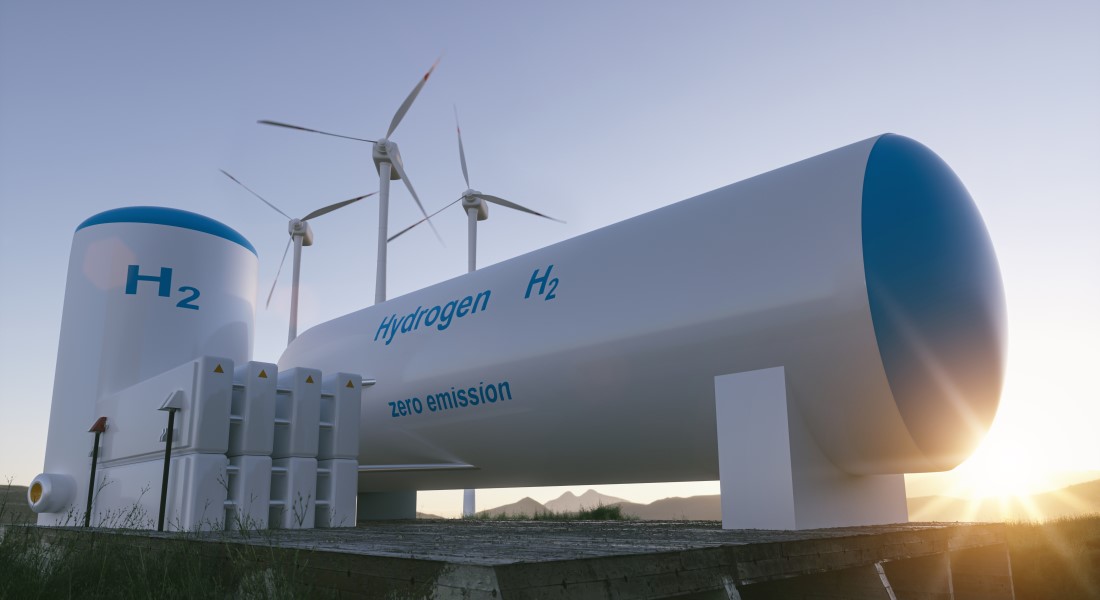How do we ensure local support for green energy production?
Huge Power-to-X investments in new hydrogen-based fuels shall propel the green transition in Denmark towards 2050. But how do we prevent local conflicts over new production plants? A new study will help answer that question.

Experiences from previous wind turbine projects are daunting: Even though renewable energy enjoys broad public support in Denmark, new wind turbine projects are often met with strong local opposition from citizens who fear nuisances or who feel ignored by the decision-makers.
A new study seeks to prevent such conflicts, as Denmark prepares to boost investments in hydrogen-based fuels – also known as Power-to-X – in the next few decades.
Here, solar and wind power is converted into hydrogen or hydrogen-based fuels and products such as ammonia. This requires building large production plants and installing even more wind turbines and solar cells, both of which may face local challenges.
“Building new plants in Denmark is not easy, as various green initiatives scramble for space. One of the major issues is the location of the new plants and how to make them an integrated part of the local community. If authorities and companies fail to do this properly, they are likely to meet resistance from the locals whose everyday life is negatively affected,” says Associate Professor Simon Lex from the Department of Anthropology at the University of Copenhagen.
Together with Associate Professor Anders Horsbøl from Aalborg University, he will be heading the new study, which seeks to determine how local energy projects are in fact handled politically in a series of municipalities and identify local citizens’ experience of these projects.
“A lot of citizens wish to contribute to the green transition, but because support can turn into resistance, the locals are often viewed as a risk that can delay or prevent projects. The question is therefore how the municipalities and companies can involve the local community and thus avoid these lengthy, difficult conflicts,” explains Simon Lex.
Part of a larger research and innovation investment
The study is part of the recently announced research and innovation partnership MissionGreenFuels, which supports the development of green fuels for transport and industry. Innovation Fund Denmark has invested around DKK 200 million in the partnership.
If you wish to create a market for green fuels, you need more than just technical solutions. You need to listen to people and understand local conditions.
The greater majority of these funds have been earmarked for a series of technological and commercial development projects. But a smaller grant of DKK 1.5 million shall help pave the way for the construction of more sustainable energy in Denmark in harmony with the local communities (see box).
The study will focus on Fredericia, Aalborg and Esbjerg – and possibly also Skive – all of which are home to ambitious Power-to-X projects. The aim is to develop a series of ways that public authorities and companies can follow towards more constructive dialogue with the local citizens and communities.
Just as wind turbines can be noisy, the production of fuels, including hydrogen, is not without risk. E.g., there is a risk of fire, and ammonia plants can lead to obnoxious smells.
“If you wish to create a market for green fuels, you need more than just technical solutions. You need to listen to people and understand local conditions. The study will adopt this approach and thus seek to develop new ways of getting the local communities involved,” says Simon Lex.
Contact
Simon Westergaard Lex
Associate professor
Department of Anthropology
Email: simon.lex@anthro.ku.dk
Telephone: +45 35 32 34 58
Mobile: +45 31 43 28 39
